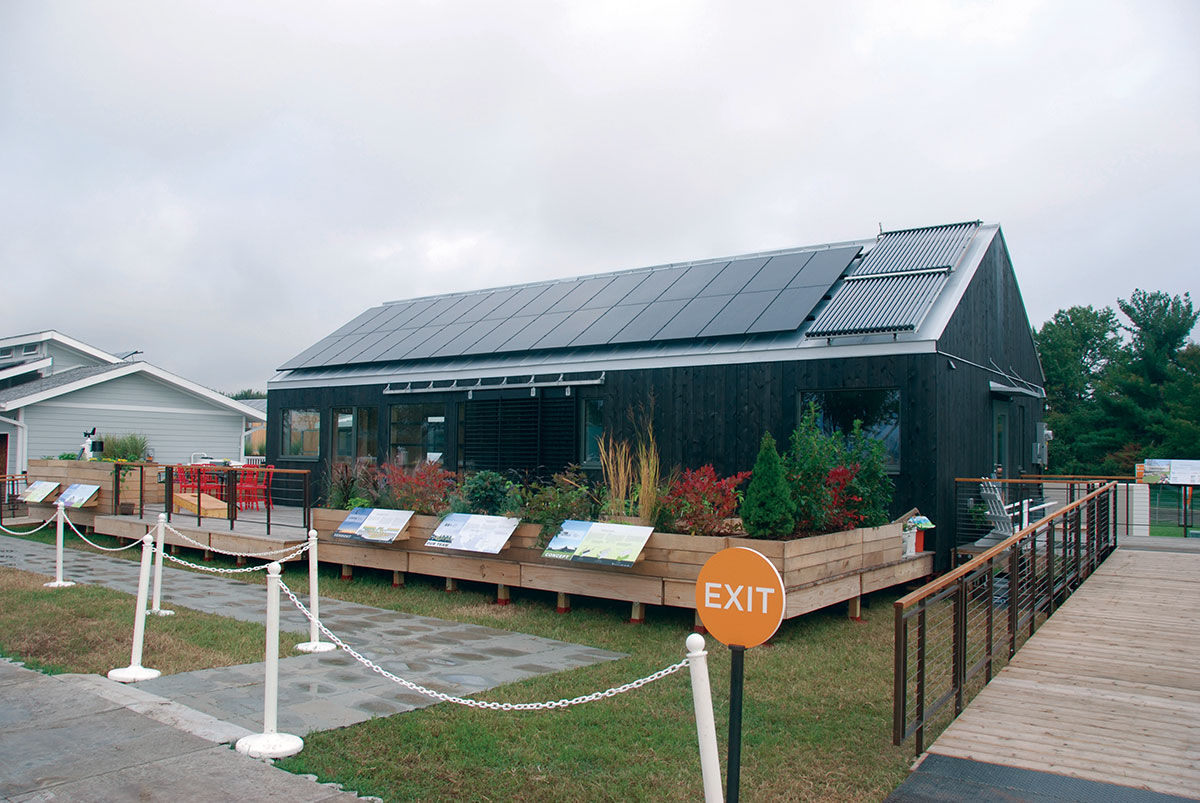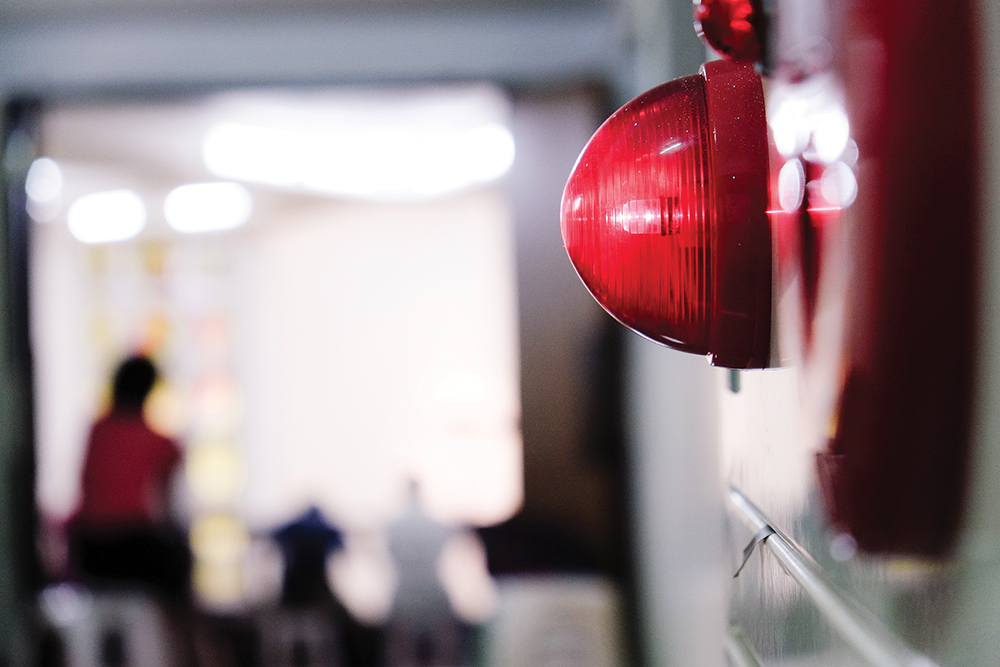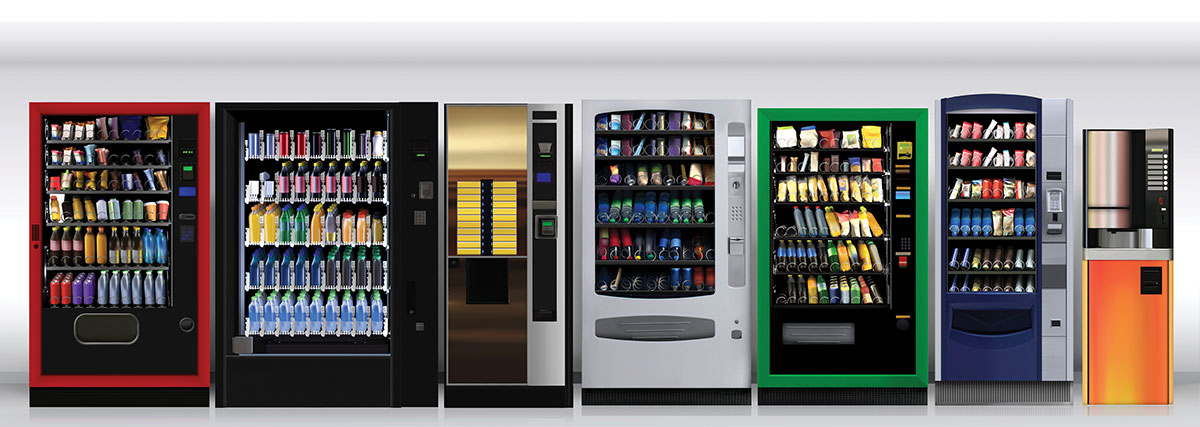Test your NEC code knowledge by taking this quiz on alternative energy requirements in the 2020 NEC.
What’s Trending
You Might Also Enjoy
Connecting a utility-interactive PV power system can be accomplished on either the supply side or the load side of the facility’s main service disconnect.
To play this game, you need a sharp eye, a quick mind and a 2023 National Electrical Code book. The NEC can be accessed for free at nfpa.org/70. (Fill-in-the-blank questions are looking for the exact word(s) used in the NEC.)
To play this game, you need a sharp eye, a quick mind and a 2023 National Electrical Code book. The NEC can be accessed for free at nfpa.org/70.










Find Us on Socials